Reactivity In Chemistry
What is Reactivity?
Reactivity is a fundamental concept in chemistry that describes a substance’s capacity to undergo chemical reactions. Highly reactive substances readily form new compounds, whereas substances with lower reactivity remain stable under comparable conditions.
Reactivity denotes the tendency of a substance to experience chemical transformations. It is determined by factors such as atomic structure, bond strength, and ambient conditions. Elements that possess only one electron in their outer shell, for example the alkali metals, typically exhibit high reactivity.
Chemical Reactivity in the Periodic Table
Chemical reactivity varies in a predictable manner across the periods and groups of the periodic table. Presented below is an overview of these reactivity variations:
Trends in Chemical Reactivity
1. the reactivity of alkali metals (Group 1): Alkali metals (for example, Lithium, Sodium, Potassium) exhibit high reactivity, particularly with water. Reactivity increases down the group, with Caesium displaying the highest level of reactivity. This is because they tend to lose their sole valence electron.
2. the reactivity of alkaline earth metals (Group 2): Alkaline earth metals (for example, Magnesium, Calcium, Barium) are reactive but to a lesser extent than the alkali metals. Reactivity increases down the group given that the atoms become larger and the valence electrons are further from the nucleus, thereby becoming easier to lose.
3. the reactivity of the halogens (Group 17): Halogens (for example, Fluorine, Chlorine, Bromine, Iodine) are reactive, particularly with alkali and alkaline earth metals. Their reactivity decreases down the group as it becomes increasingly difficult for larger atoms to attract electrons for negative ion formation.
4. the reactivity of noble gases (Group 18): Noble gases (for example, Helium, Neon, Argon) are generally inert because they possess a complete outer electron shell. They rarely react with other elements, although under specific conditions some, such as Xenon and Krypton, can form compounds.
5. transition metals (Groups 3–12): Transition metals (for example, Iron, Copper, Zinc) are less reactive than alkali or alkaline earth metals. They form compounds with various oxidation states and are frequently employed as catalysts in chemical reactions. Their reactivity varies, but they typically form stable compounds.
Across a Period (from left to right):
- The reactivity of metals decreases: Metals tend to lose electrons and form positive ions. As one progresses through a period, the elements become less metallic and their capacity to lose electrons diminishes.
- The reactivity of non-metals increases: Non-metals, particularly the halogens, become more reactive when advancing to the right. This is due to their increased ability to gain electrons and form negative ions.
Reaction of Metals with Water and Acids
Metals exhibit varied reactions when exposed to water and acids. These reactions are largely determined by a metal’s position in the reactivity series.
Reaction with Water
Highly reactive metals such as Potassium and Sodium react intensively with water, forming hydroxides and releasing hydrogen gas:
2Na+2H2O→2NaOH+H2
Reaction with Acids
Metals such as Magnesium and Zinc react with acids such as hydrochloric acid, yielding metal chlorides and hydrogen gas:
Mg+2HCl→MgCl2+H2
Metals with lower reactivity, such as Iron, react slowly, whereas metals with very low reactivity like Copper do not react with acids under normal conditions.
Frequently Asked Questions
What determines the reactivity of a metal?
The reactivity of a metal is determined by its ability to lose electrons. This property is influenced by its position in the reactivity series and by its atomic structure.
Why do some metals react with water whilst others do not?
Metals positioned higher in the reactivity series are capable of displacing hydrogen from water, thereby initiating reactions, whereas those lower in the series lack the necessary reactivity.
How useful is the reactivity series in practical applications?
The reactivity series is instrumental in predicting metallic behaviour in reactions. It is useful in processes such as metal extraction and corrosion prevention.
Can non-metals exhibit different levels of reactivity?
Yes, non-metals exhibit varied reactivity levels that affect their ability to form compounds and to participate in chemical reactions.
Why does gold not react with acids in the same manner as other metals? Gold is positioned at the lower end of the reactivity series and is consequently highly resistant to corrosion. It typically does not react with most acids.

 Bars
Bars
 Beads & Spheres
Beads & Spheres
 Bolts & Nuts
Bolts & Nuts
 Crucibles
Crucibles
 Discs
Discs
 Fibers & Fabrics
Fibers & Fabrics
 Films
Films
 Flake
Flake
 Foams
Foams
 Foil
Foil
 Granules
Granules
 Honeycombs
Honeycombs
 Ink
Ink
 Laminate
Laminate
 Lumps
Lumps
 Meshes
Meshes
 Metallised Film
Metallised Film
 Plate
Plate
 Powders
Powders
 Rod
Rod
 Sheets
Sheets
 Single Crystals
Single Crystals
 Sputtering Target
Sputtering Target
 Tubes
Tubes
 Washer
Washer
 Wires
Wires
 Converters & Calculators
Converters & Calculators
 Write for Us
Write for Us
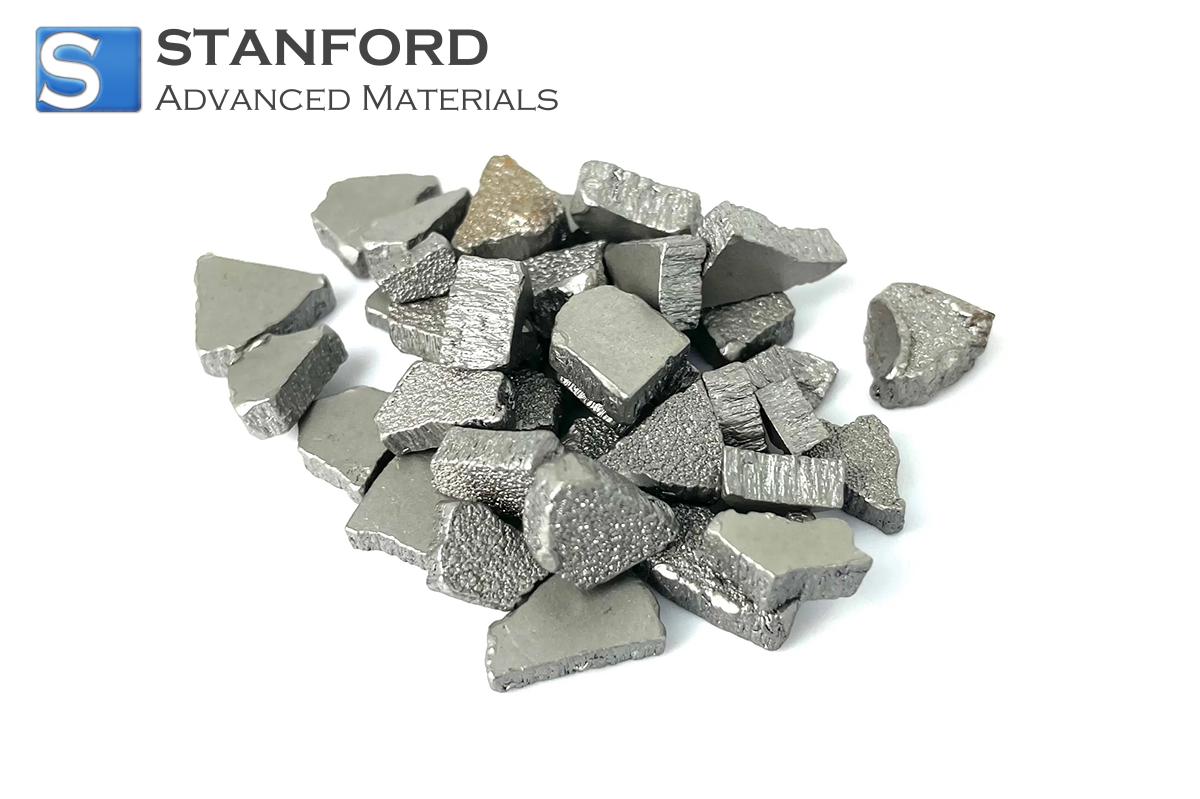
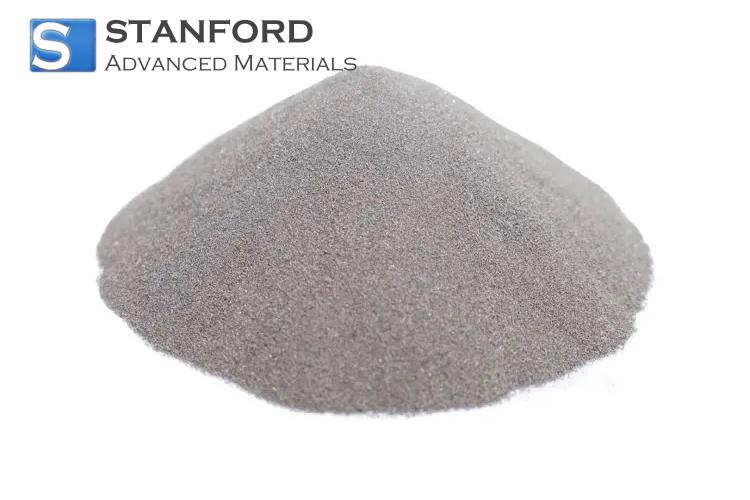
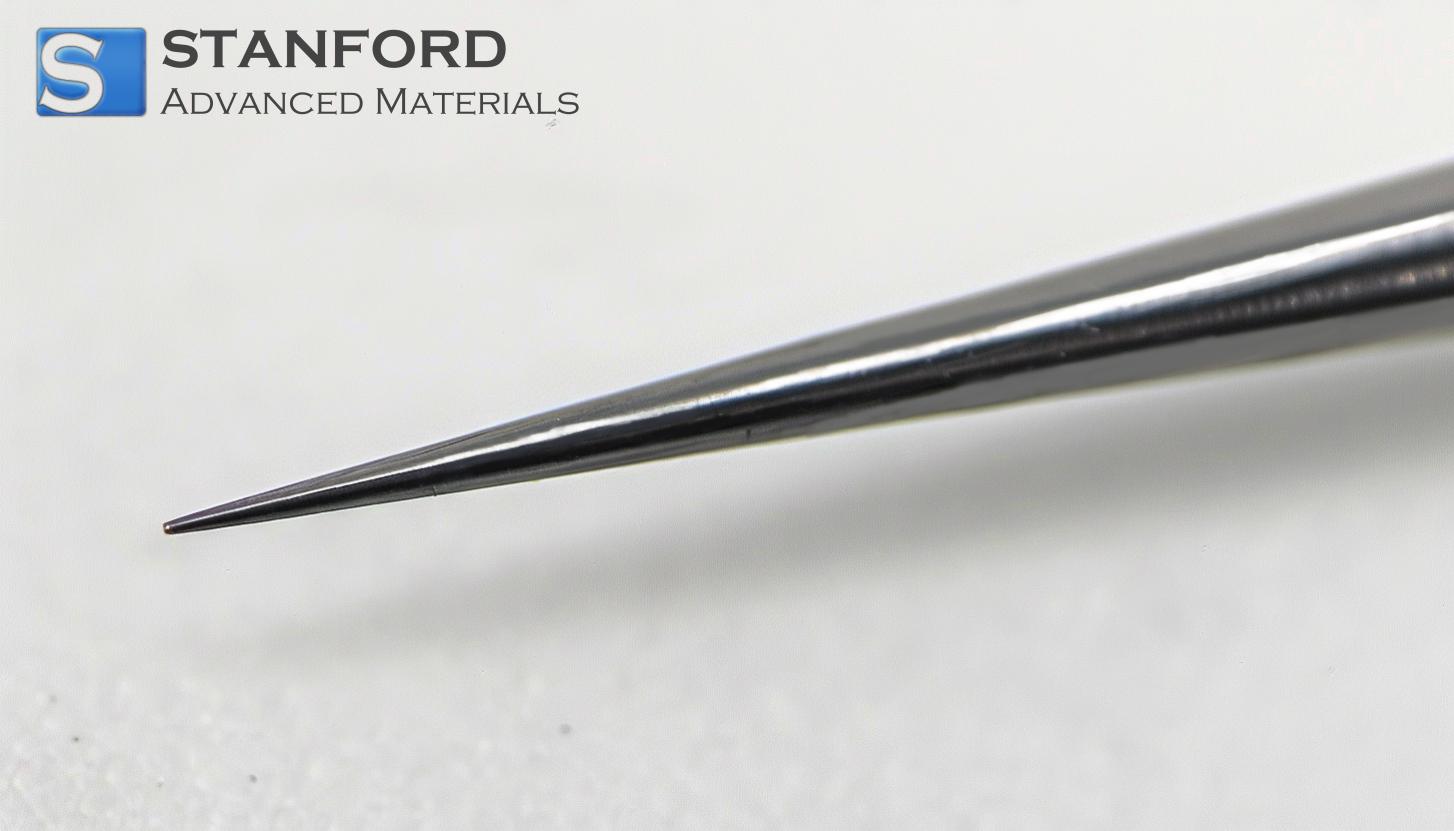
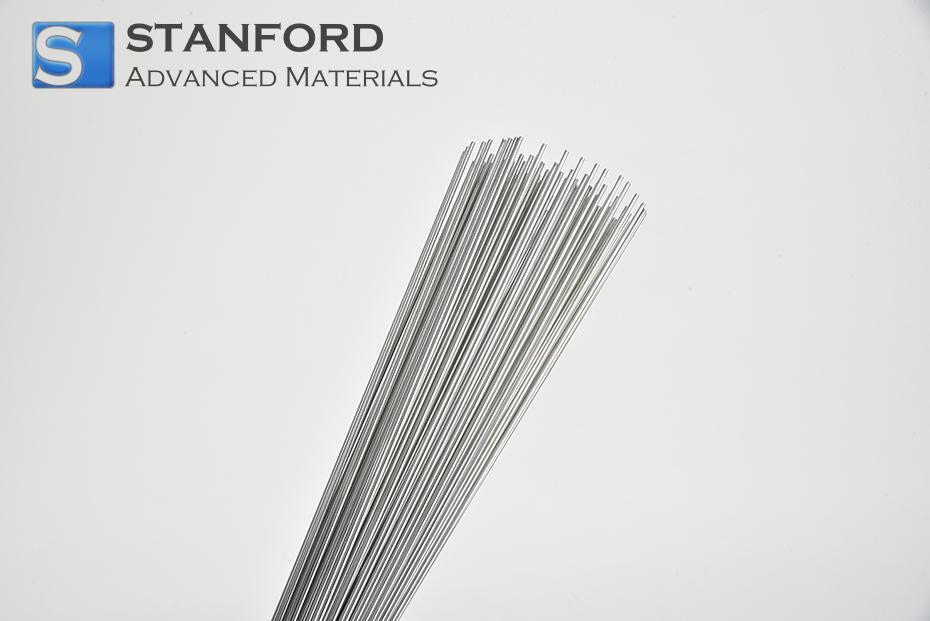
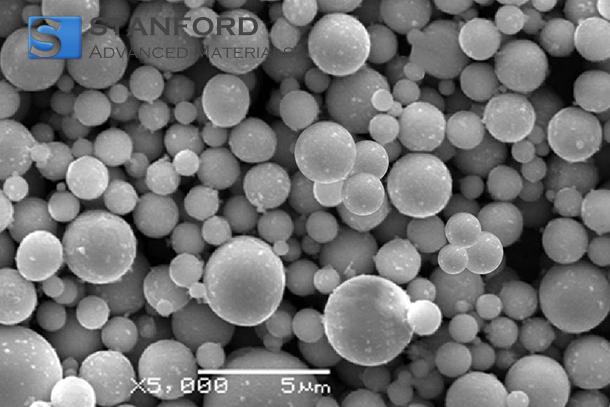
 Chin Trento
Chin Trento



